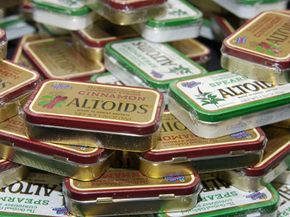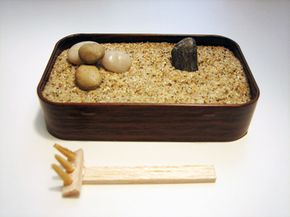"Think big, think small," is the advice artist, designer and do-it-yourself editor Kate Pruitt offers to those looking for new ways to tinnovate. Pruitt considers herself a tinnovator after she constructed a series of projects for the do-it-yourself blog she edits on the Design*Sponge Web site.
It wasn't until she had completed the projects that she realized she'd just inadvertently become a member of the subculture of tinnovators -- people who find new and interesting uses for old Altoids tins. "After I finished the projects I went online and that's when I became aware that there's this whole community of people who make things out of Altoids tins," she said in an interview [source: Pruitt].
Advertisement
Tinnovation was an easy step to take for Pruitt. She earned her formal training during the three years she spent as a store display designer. These designers use retail spaces as their palettes, creating artistic visions through choices over the flow of the store, lighting, colors, furniture, installed art and, of course, displays of the items for sale.
Pruitt also says that having an eye for using old, second-hand objects in novel new ways comes in handy for a store display designer. It's this knack that made it so easy for her to traipse into the world of tinnovation, as well as do-it-yourself design. It was in her role as do-it-yourself editor for Design*Sponge that she came across the idea of using Altoids tin for uses other than the intent of their original design, which is, of course, to hold Altoids mints.
Each month, Pruitt constructs a series of four projects using the same material. When she came across a pile of old Altoids tins at a bulk second-hand store, she decided to see what she could do with them. She says she bought the whole lot and took them home to fiddle around with the tins.
In fairly short order, Pruitt came up with the idea of constructing a Zen garden from an Altoids tin.
Advertisement


